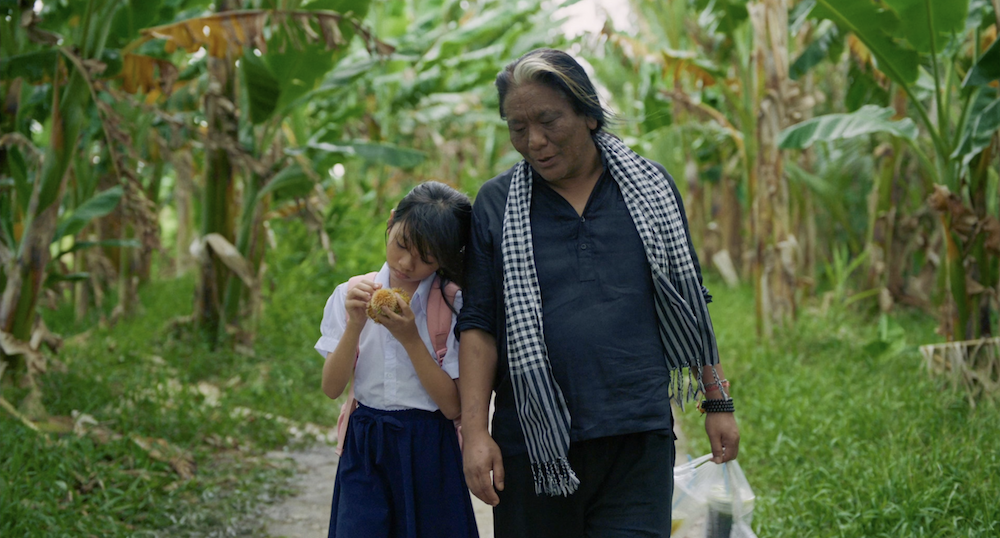Tibetan children living in exile in Dharamsala teach volunteer to lead with her heart.
By Lynann Bradbury
Special to The Seattle Times
“Move your heart forward,” said the woman in front of me. I squinted, as if my eyes could amplify the yoga instructor’s voice above the sounds of a town beggar pounding on the window. I was in Dharamsala, India, near the Pakistan, China and Tibetan borders. “You can do this gently,” the yogi said. “It doesn’t have to be a struggle. Just look up, take a deep breath and move your heart forward.”
Was she commenting on my contorted pose or referring to my life? I was poised on my hands and knees, on the cold concrete floor of a dilapidated hotel. A tear found its way down my right cheek. Apparently, when your heart moves forward, your eyes leak. At least the right one did. My left eye was swollen shut, closed by a spider who’d taken up residence in my pillow the night before.
“That’s one way to get some ‘shut-eye,’ ” joked one of my fellow volunteers. Sleep had been as scarce as a shower since I arrived five days earlier. I had joined 14 volunteers from the U.S. to teach digital storytelling at the Tibetan Children’s Village, home to 2,000 refugee kids, from ages 3 to 16.
We had enrolled in a two-week program with Bridges to Understanding, a nonprofit organization in Seattle founded by international photographer Phil Borges. After photographing dozens of cultures around the globe, he wanted to give them an opportunity to have a voice, to share their experiences with others. “Our goal is simply to increase the empathy that exists in the world,” Borges said.
As volunteers to this northwest corner of India, our goal was to help preserve the culture of these Tibetan children living in exile, by teaching them Web-based storytelling. They choose the topics; we teach them photography, storytelling, content editing, audio narration and digital production, enabling the kids to produce vignettes for the Internet.
As much as I enjoyed the teaching, little did I know I would become the student.
These children personify joy. They smile instantly, grab your hand and skip across the playground, grateful for any adult’s attention. They live in group homes of 100, looking after each other with a sense of compassion that belies their years. Most will never see their parents again. The kids were escorted out of their homeland, braving 20 days and nights of frostbite, fatigue and altitude sickness to escape over the Himalayas out of occupied Tibet. They tug at your heartstrings because no matter what you offer them, you can’t bring their families back.
Returning to the cold cement floor, I wondered: What allows them to move their hearts forward? Even after being displaced from their families, uprooted from their homes, and separated from everything they know, they practice compassion, gratitude and joy. It made me think: What do we have to lose before we appreciate what’s in front of us?
As I stretched into another yoga pose, I started seeing more clearly, albeit through one eye — or maybe because of it. It was time to release the struggle, and replace it with compassion, gratitude and joy.
“Voluntourism” has a way of doing that to you. It’s not just a vacation; it’s a life-changing adventure. One that allows you to move your heart forward.
Lynann Bradbury, Bellevue
The Travel Essay, written by readers about an adventure or insight, runs each Sunday in The Seattle Times and also online at seattletimes.com. Essays, which are unpaid, must be no longer than 600 words and will be edited for content and length. E-mail to travel@seattletimes.com or send to Travel, The Essay, The Seattle Times, P.O. Box 70, Seattle, WA 98111. Because of the volume of submissions, individual replies are not always possible.









